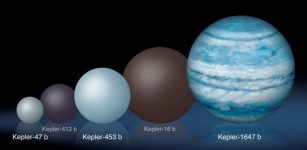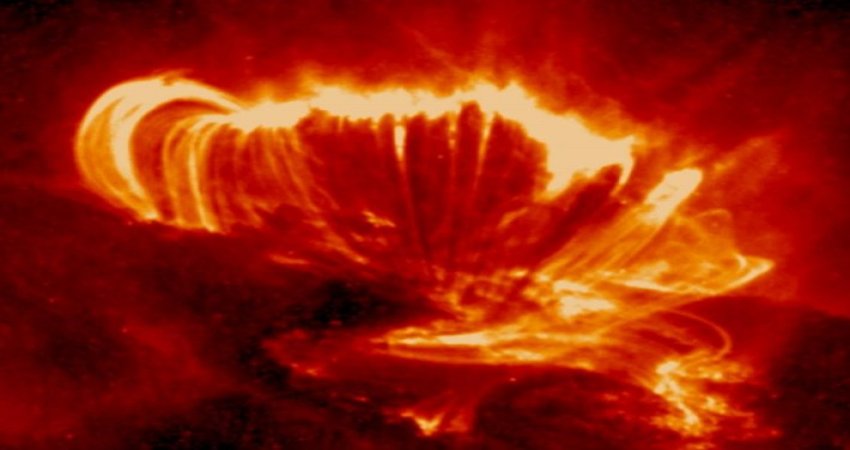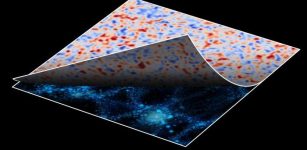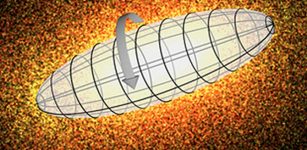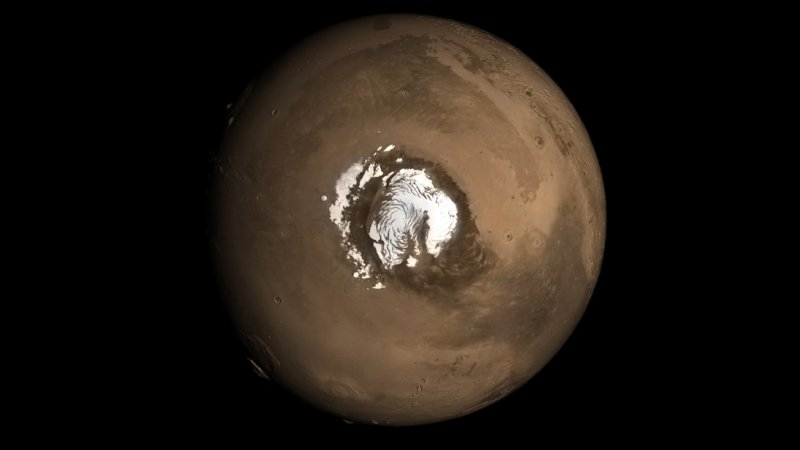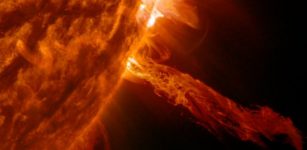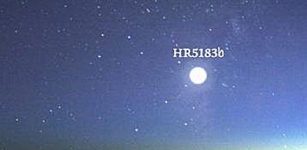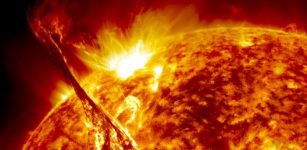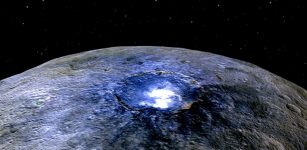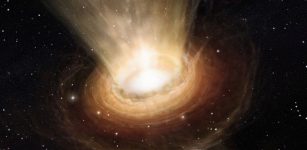Making New Stars By ‘Adopting’ Stray Cosmic Gases
MessageToEagle.com – Globular clusters – glittering, dense swarms of stars – are among the most striking objects in the universe.
It had long thought globular clusters formed their millions of stars in bulk at around the same time, with each cluster’s stars having very similar ages, much like twin brothers and sisters, but a new study sheds new light on successive stellar generations.
Using observations by the Hubble Space Telescope, the research team led by Chengyuan Li, an astronomer at Kavli Institute for Astronomy and Astrophysics (KIAA), found young populations of stars within globular clusters that have apparently developed courtesy of star-forming gas flowing in from outside of the clusters themselves.
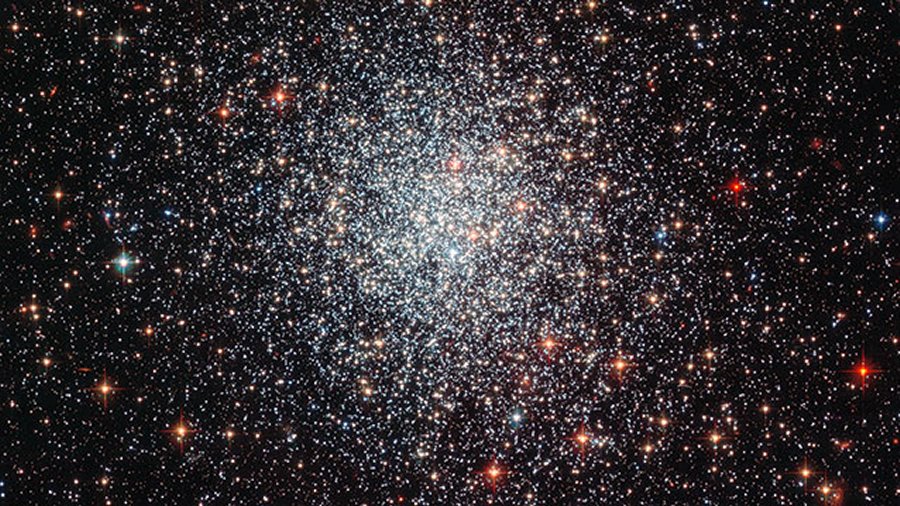
“This study offers new insight on the problem of multiple stellar populations in star clusters,” said study “Our study suggests the gaseous fuel for these new stellar populations has an origin that is external to the cluster, rather than internal.”
“Our explanation that secondary stellar populations originate from gas accreted from the clusters’ environments is the strongest alternative idea put forward to date,” said Richard de Grijs, also an astronomer at KIAA and Chengyuan’s Ph.D. advisor.
“Globular clusters have turned out to be much more complex than we once thought.”
Specifically, the researchers used Hubble to observe the globular clusters NGC 1783 and NGC 1696 in the Large Magellanic Cloud, along with NGC 411 in the Small Magellanic Cloud. Scientists routinely infer the ages of stars by looking at their colors and brightnesses.
Within NGC 1783, for example, Li, de Grijs and colleagues identified an initial population of stars aged 1.4 billion years, along with two newer populations that formed 890 million and 450 million years ago.
What is the most straightforward explanation for these unexpectedly differing stellar ages?
“Some globular clusters might retain enough gas and dust to crank out multiple generations of stars, but this seems unlikely,” said study co-author Aaron M. Geller of Northwestern University and the Adler Planetarium in Chicago.
“Once the most massive stars form, they are like ticking time bombs, with only about 10 million years until they explode in powerful supernovae and clear out any remaining gas and dust.” “Afterwards, the lower-mass stars, which live longer and die in less violent ways, may allow the cluster to build up gas and dust once again.”
“We have now finally shown that this idea of clusters forming new stars with accreted gas might actually work,” de Grijs said, “and not just for the three clusters we observed for this study, but possibly for a whole slew of them.”
The study will be published in the Jan. 28 issue of the journal Nature.
MessageToEagle.com
source: Northwestern University

